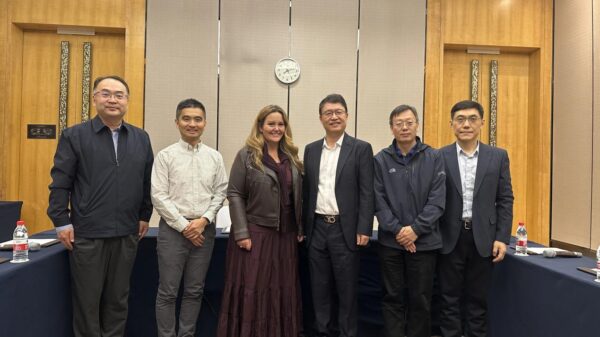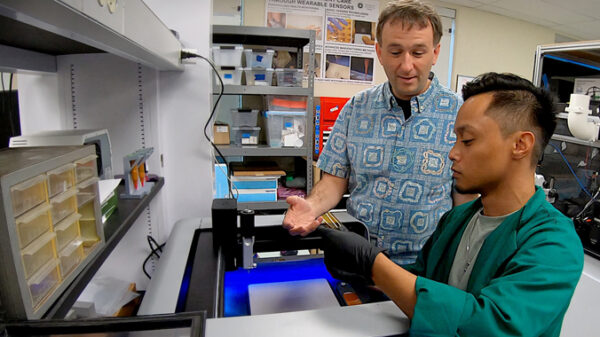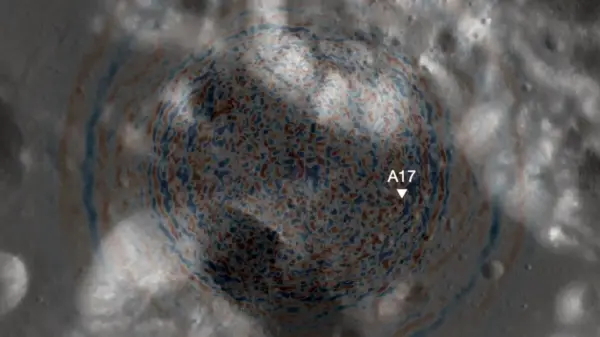Recent advancements in solar technology have seen researchers at the Institute of Semiconductors, part of the Chinese Academy of Sciences, achieve a remarkable power conversion efficiency of 27.2% in perovskite solar cells. This breakthrough addresses two significant challenges: maximizing energy output from sunlight and enhancing the durability of solar cells.
Perovskite, a synthetic material that mimics the natural crystal structure of calcium titanate, has gained attention for its potential to provide a cost-effective solution for solar energy. Despite its promise, the technology has struggled with stability and efficiency, primarily due to the uneven distribution of chlorine ions during the manufacturing process.
The primary issue arises from the use of methylammonium chloride (MACI), a chemical that aids in crystal growth. During the heating phase, chlorine ions tend to migrate and clump together, particularly at the film’s surface, which limits the solar cell’s overall power output.
Simplified Solution to Chlorine Clumping
The research team’s innovative approach, detailed in the journal Science, involves the addition of an alkali metal oxalate known as potassium binoxalate into the perovskite mixture. This simple adjustment results in the potassium ions binding with migrating chlorine ions, forming stable potassium chloride. This process leads to a more uniform distribution of chlorine, which significantly enhances both the efficiency and operational stability of the solar cells.
“Our strategy of homogenizing chlorine distribution not only boosts efficiency but also greatly enhances the operational stability of perovskite solar cells,” stated Jingbi You, the corresponding author of the study. “This could be a pivotal moment for the commercialization of perovskite photovoltaics.”
Record-Breaking Efficiency and Durability
The implications of this research are substantial. The team conducted rigorous testing, confirming that their new perovskite solar cell devices not only achieved a power conversion efficiency of 27.2% but also retained 86.3% of their initial efficiency after 1,529 hours of continuous operation under full sunlight. Furthermore, the devices maintained 82.8% of their efficiency after 1,000 hours at 85 degrees Celsius.
Despite these advancements, the researchers acknowledge that challenges remain. Some areas of unevenness persist, and defects were identified at the buried interface, which is the boundary between the perovskite layer and the rest of the solar cell structure. Future research will aim to further reduce these defects and create an even more uniform layer.
The progress made by the team at the Institute of Semiconductors marks a significant step forward in the development of perovskite solar technology, potentially transforming the landscape of solar energy production. As efforts continue to refine this innovative technology, the path toward more efficient and durable solar solutions looks promising.






































































